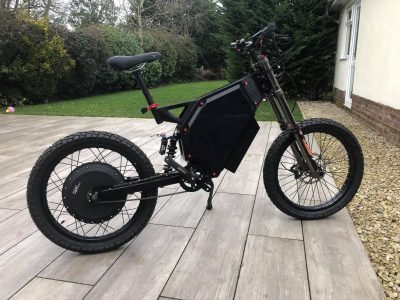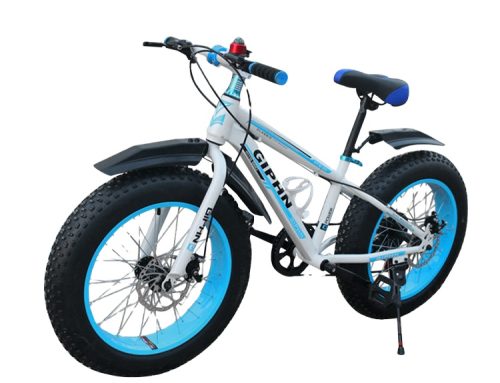1. What is an Electric Bicycle? An electric bicycle, or e-bike, is a bicycle equipped with an electric motor that provides assistance to the rider’s pedaling. E-bikes come in various styles, including city bikes, mountain bikes, and folding bikes.
2. How Do E-Bikes Work? E-bikes operate using a combination of human power and electric assistance. When you pedal, the motor engages and provides varying levels of assistance, depending on the chosen power setting. Most e-bikes have multiple assist levels that control the amount of motor assistance provided.
3. Types of Motors: E-bikes can have different types of motors:
- Hub Motors: These are located in the wheel hub (either front or rear). They are simple, quiet, and suitable for flat terrains.
- Mid-Drive Motors: These are positioned near the bike’s bottom bracket. They offer better balance and performance on hills since they leverage the bike’s gears.
4. Battery and Range: E-bikes are powered by rechargeable batteries, usually mounted on the frame or rear rack. Battery capacity is measured in watt-hours (Wh). The range of an e-bike depends on factors like battery capacity, rider weight, terrain, and assistance level. A typical range can be anywhere from 20 to 80 miles on a single charge.
5. Pedal-Assist vs. Throttle: Most e-bikes offer pedal-assist mode, where the motor provides assistance as you pedal. Some e-bikes also have a throttle that allows you to control the motor without pedaling, similar to a scooter. Note that regulations about throttle-powered e-bikes vary by region.
6. Legal Regulations: E-bike regulations differ by country and region. They usually specify power limits, maximum speed, and where e-bikes can be used. Make sure to familiarize yourself with local laws before using your e-bike.
7. Maintenance: E-bikes require standard bicycle maintenance, including tire checks, chain lubrication, and brake adjustments. Additionally, keep the battery charged regularly, especially during periods of non-use.
8. Safety Gear: Wear appropriate safety gear, including a helmet, reflective clothing, and protective eyewear. Since e-bikes can reach higher speeds, safety precautions are important.
9. Test Rides: Before purchasing an e-bike, take it for a test ride. Pay attention to how the bike handles, the comfort of the seating, and the different assist levels.
10. Budget Considerations: E-bike prices can vary widely based on features, brand, and quality. Consider your budget and how you plan to use the e-bike when making your selection.
11. Storage and Charging: Store your e-bike in a cool, dry place. When not in use, remove and store the battery separately. Charge the battery using the manufacturer’s recommended charger.
12. Accessories: Consider accessories like fenders, lights, racks, and locks to enhance the functionality and safety of your e-bike.
Remember that using an e-bike is a fun and eco-friendly way to get around, whether for commuting, recreation, or running errands. As you gain experience, you’ll become more comfortable with the different settings and features of your e-bike.





